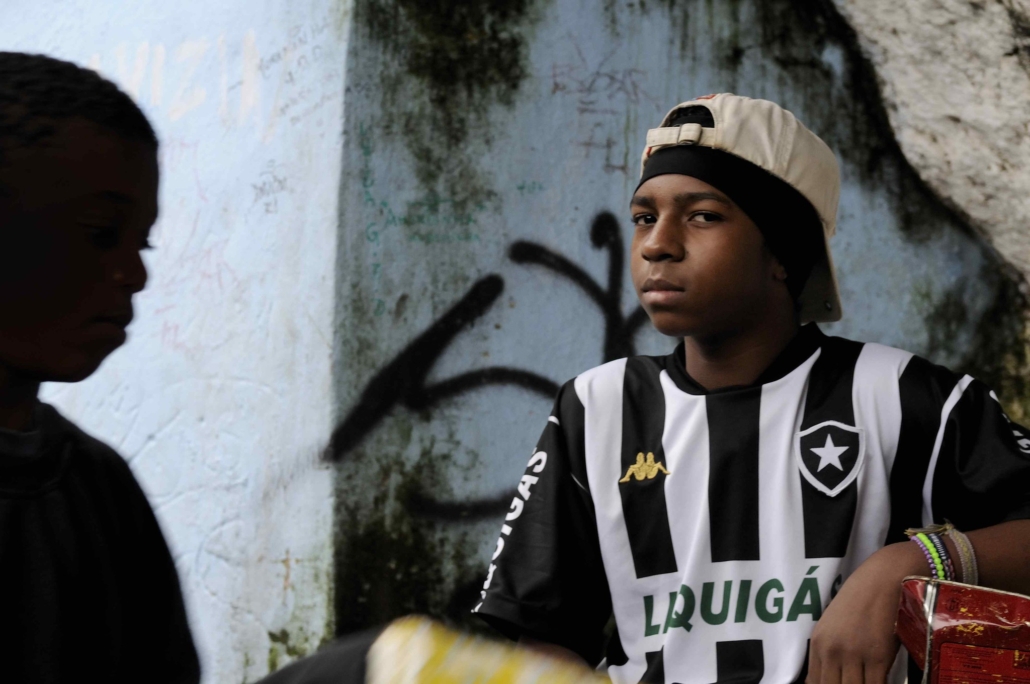The Effects of Favela Developments on Poverty in Brazil

In only a year and a half, the impoverished Brazilian favela of Boca do Sapo was successfully transformed into Favela dos Sonhos, or “Favela of Dreams.” As a result of the collaboration of various businesses and NGOs, this Brazilian community has seen significant improvements such as better living conditions and high-speed internet. The transformation of Boca do Sapo illustrates the potential of impoverished favelas in Brazil. If these favela developments in Brazil continue to improve the state of living in these areas, the country could see an unprecedented drop in poverty over the next decade.
What Are Favelas?
The impoverished neighborhoods, or slums, of Brazil are referred to as favelas. Favela developments in Brazil are often located on the outskirts of major Brazilian cities such as Rio de Janeiro and São Paulo. Around 6% of Brazil’s population currently live in favelas. Between 2010 and 2019, the number of families living in these Brazilian slums doubled, and racial discrimination in these areas has only worsened over time.
In recent years, the COVID-19 pandemic has hit Brazilians living in favelas hard. The pandemic’s impact, compounded by the lack of education, job opportunities, sustainable income, clean water and shelter, forced many Brazilians into extreme poverty.
Many often see favelas as a symbol of Brazil’s governmental failures, as their racial disparity illustrates the socioeconomic hierarchy present in the country. However, groups such as Gerando Falcões (“Raising Falcons”) are lifting favelas out of poverty in significant ways.
Gerando Falcões
Edu Lyra, a Brazilian who returned to his favela as an adult after escaping poverty, founded Gerando Falcões, a social justice organization with the mission to fight poverty in Brazil.
The group targets favelas, as Lyra believes that the slums and the people living in them have immense untapped potential that can only be fully realized by lifting them out of poverty. To that end, the group has managed to benefit more than 200,000 individuals living in 1,700 favelas since its founding. In 2021, Gerando Falcões helped to fight against COVID-19’s exacerbating effects by raising roughly $10 million.
Boca do Sapo’s Transformation
The transformation of Boca do Sapo into Favela dos Sonhos is the most recent achievement of Gerando Falcões. Projections determined that this plan would only take two years and 6.5 million reais, which is equivalent to $1.3 million USD.
However, with the strong coordination of Gerando Falcões, Boca do Sapo has already completely transformed in 18 months. This large-scale transformation through the installation of micro water-treatment plants and power grids, the renovation of buildings with stronger materials, the educating of residents on how to start small businesses and the convincing of employers to hire capable individuals from the favela. The results have allowed the roughly 200 families of Favela dos Sonhos to live a life that seemed impossible after experiencing extreme poverty for years.
The Implications for Poverty in Brazil
Boca do Sapo’s transition into Favela dos Sonhos serves as an example of how the untapped potential of favela developments in Brazil can be fully realized with the right coordination from groups such as Gerando Falcões. As many as 16 million people living across all 11,403 favelas in Brazil could see substantial improvements in their lives, which is a necessary change after so many have suffered during the COVID-19 pandemic. Due to how heavily these favelas correlate with poverty in Brazil as a whole, the successful transformation of favelas like Boca do Sapo directly combat poverty and has the potential to improve the lives of millions of Brazilians.
– Liam Kahan
Photo: Flickr
